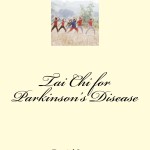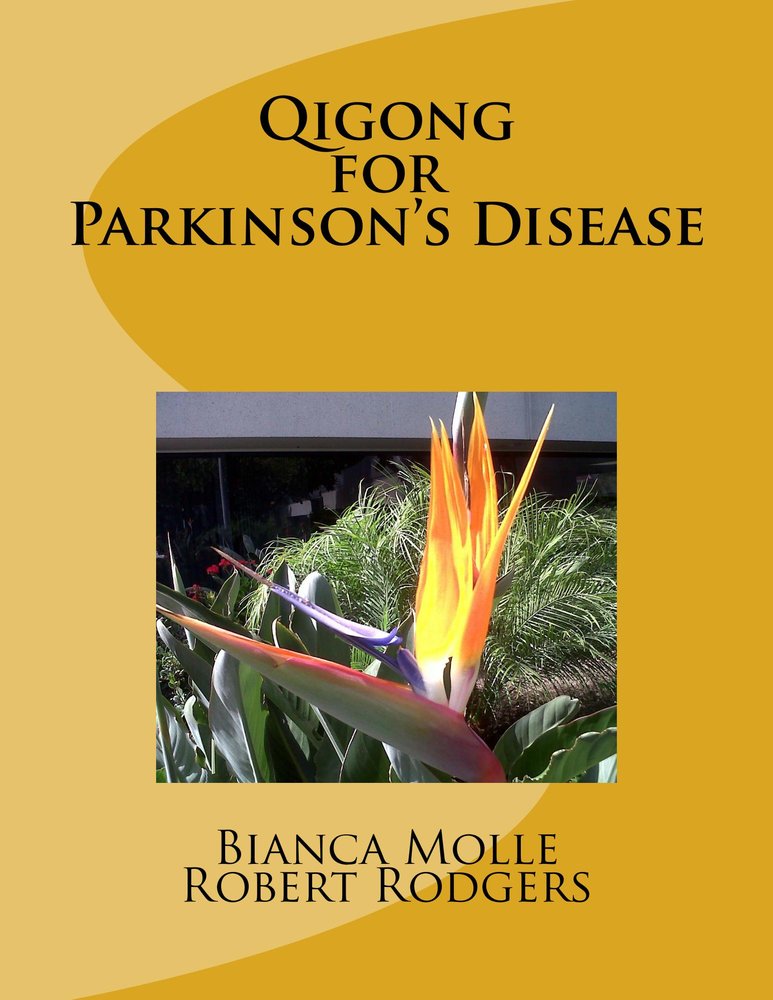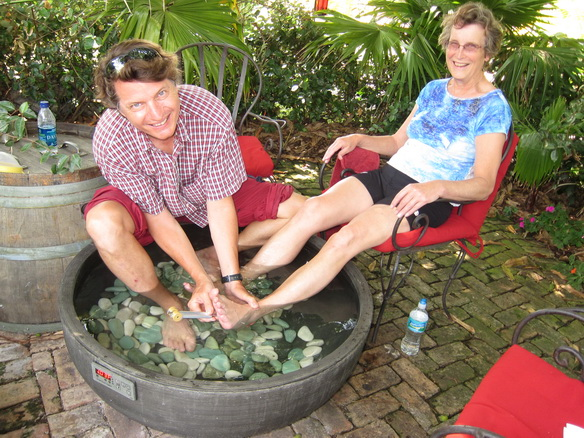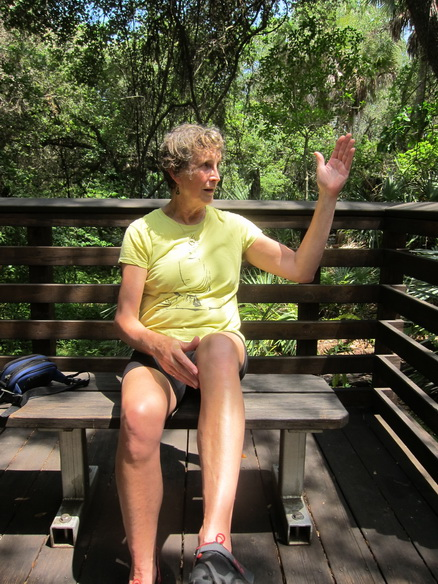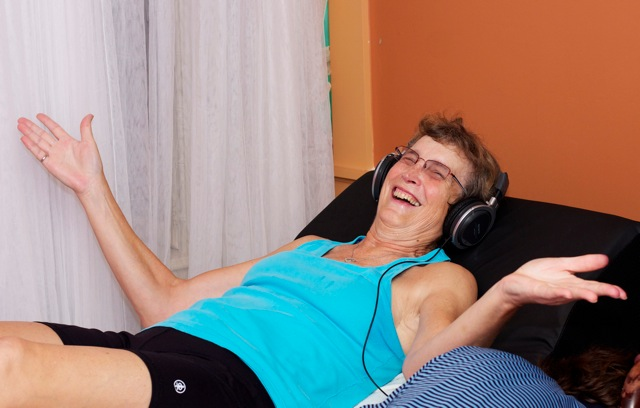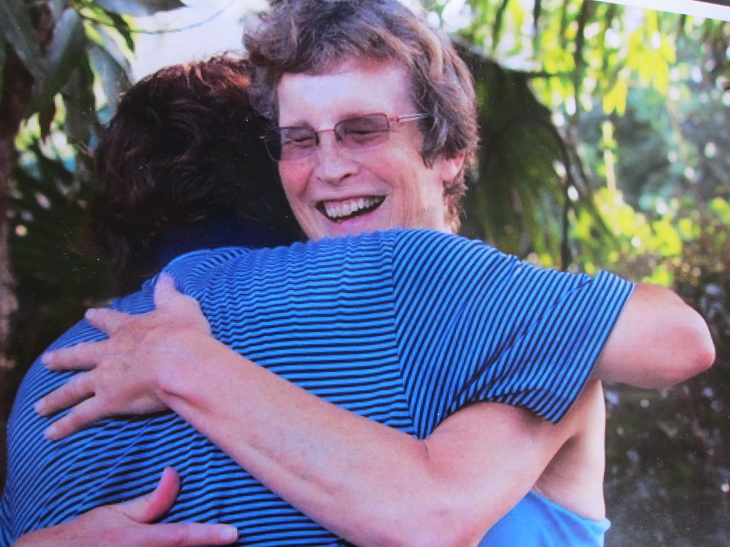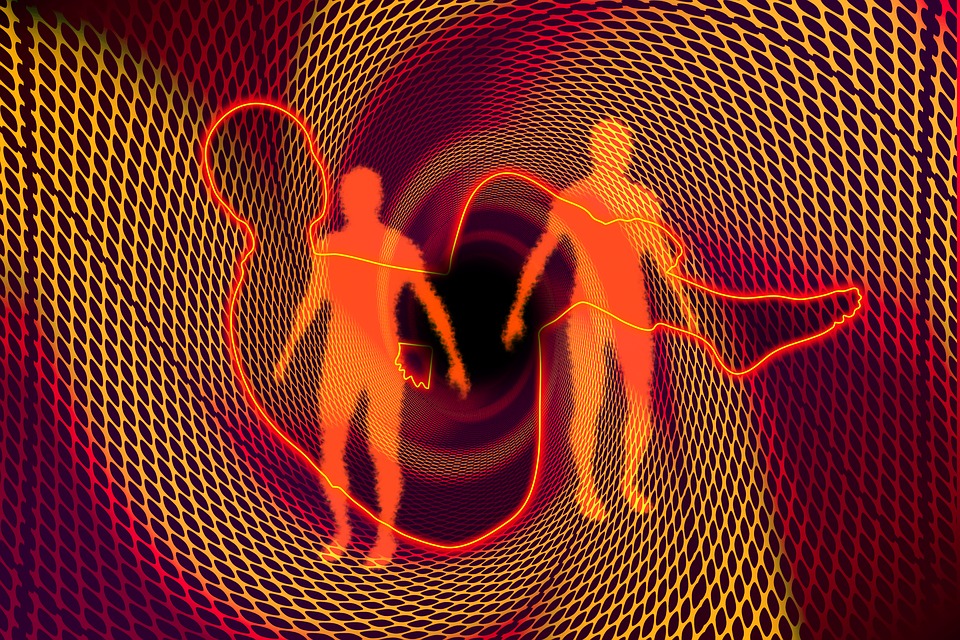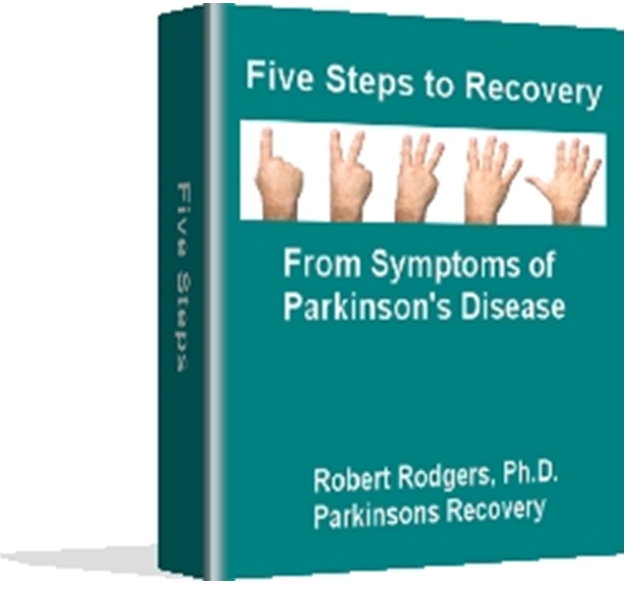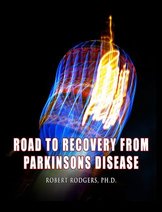Tai Chi Master Daniel Loney gave me permission to post his inspiration account of his Parkinsons Tai Chi visit to the USA. His story, which he titled Incredible People, follows.
Robert Rodgers PhD
Founder 2004
Parkinsons Recovery
I recently returned from a fantastic five week visit to the U.S. I had been invited by the Parkinsons Recovery organization to give a series of Tai Chi workshops to Parkinsons people during an eight day cruise to Alaska. After the cruise, I gave several workshops in Washington and Oregon on behalf of the Northwest Parkinsons Foundation. And then, before returning to Israel, I spent a week in New York where I attended some dance sessions for Parkinsons people, sponsored by the Mark Morris Dance Group.
One evening during the cruise, my brother and I were having dinner with Robert Rodgers and Deborah Russell, the founders of Parkinsons Recovery. In the course of our conversation, Robert turned to me and said,
Danny, all week long people have been coming up to me and saying that the Tai Chi is great, but Danny is incredible.
His words went straight to my heart. I was fighting to keep back tears. Robert continued,
When you do your Parkinsons Tai Chi, you do it with such passion that the room just explodes with a high frequency energy that draws other people in, prompting them to be involved.
I was overwhelmed that I had such an impact on others. Tai Chi is one of my passions in life. When I am doing Tai Chi, I feel at my best. I go deep into myself, to a place where Parkinsons symptoms melt away. Just as a painter expresses his inner most self through his painting, and a poet through his poetry; I express my inner most self through my Tai Chi.
This frequency explosion or whatever you want to call it, repeated itself with every subsequent Parkinsons Tai Chi workshop that I did. Participant faces would light up with smiles as they followed my movements. At the conclusion of the Mercer Island workshop near Seattle, people were standing around in small groups, discussing the workshop. In one group, Bill Bell, president of the Northwest Parkinsons Foundation was commenting to others that the energy level in the room was so high that people could not keep from participating. One woman in the group said that when we were doing our Qi Gong exercises, she felt as if I were lifting her hands for her.
There is certainly nothing special about me. If I am incredible, then it must be because I am surrounded by incredible people. In fact, the Parkinsons group on the cruise was filled with many incredible people who were taking active roles in finding relief and healing from their Parkinsons symptoms.
One such incredible person is Dave Yonce. Talking with Dave is a wonderful experience. He has a gentle personality and his life is packed with adventures. He related to me how, in his younger years, he had walked and hitch hiked across North Africa and had tried to enter Israel. But, because there was no peace agreement at that time between Egypt and Israel, he was not permitted to cross the border. Dave recently completed a walk across the Olympian Peninsula in the state of Washington, a trek of more than fifty miles (80 kilometers). I looked at Dave wondering how on earth he had accomplished that task, as Dave had marked trembling in both hands and certainly did not look able to do such a feat.
The next morning I understood how he had walked such a distance. As the ship docked at Ketchikan, my brother and I disembarked to walk around and see the town. After walking some distance, we stopped to rest and take some pictures. Suddenly, I noticed Dave and his wife walking in our direction. As a Tai Chi instructor, I pay particular attention to peoples posture, how they move their bodies and how they walk. As I watched Dave approach, I was witnessing one of the most astounding acts of movement I have ever seen. Dave was gliding along, with big strides, effortlessly and efficiently moving his body. As he floated by, he moved like a graceful crane as if he was skimming on top of water. Dave smiled at us as he passed and I turned my head staring at him as he disappeared off in the distance. Later, we managed to catch up with Dave. I noticed him through the window of a small cafe comfortably parked at a table having a bite to eat. He looked relaxed, comfortable, and energized as he smiled through the window at me. By that time, I was sweaty and exhausted after clomping along trying to keep pace with my brother. I have since tried many times to replicate Daves walk, but to no success. I hope that I will see Dave again so that I can study his walk in greater detail.
While I was at a Parkinsons dance class in New York, I met another incredible person, Pamela Quinn. Pamela is a professional dancer who developed the symptoms of Parkinsons at a young age. She is currently 55 years old and has had Parkinsons for fifteen years. As she started teaching her class, there was that same explosion of energy that Robert had described about my classes. Participants were smiling and laughing and enjoying themselves. I was deeply moved as I watched her guide the class through her routines. She had such grace and poise. Pam is extremely innovative in her approach and has developed many exercises that address specific Parkinsons symptoms. I had taken my camera along, but I was so mesmerized by Pams passion and positive energy that I completely forgot to take the pictures.
So what made my visit to the States so special? It was special because I discovered that each one and every one of us has the opportunity to become incredible. I learned that we become incredible by living and investing ourselves to the fullest of our abilities in pursuit of our passions in life. And when we begin to share our passion with others, we release explosive high frequency energy that brings healing, encouragement, comfort, and joy to everyone around us.
Links:
Parkinsons Recovery Home
https://www.parkinsonsrecovery.com
Parkinsons Recovery Radio Blog https://www.blog.parkinsonsrecovery.com
Pamela Quinn:
https://www.youtube.com/watch?v=xHXP0xjxnq8
https://www.youtube.com/watch?v=jhxtqwHO9Tg
